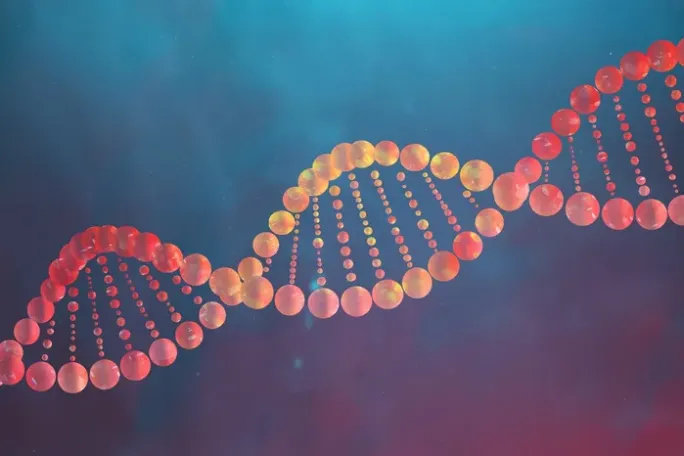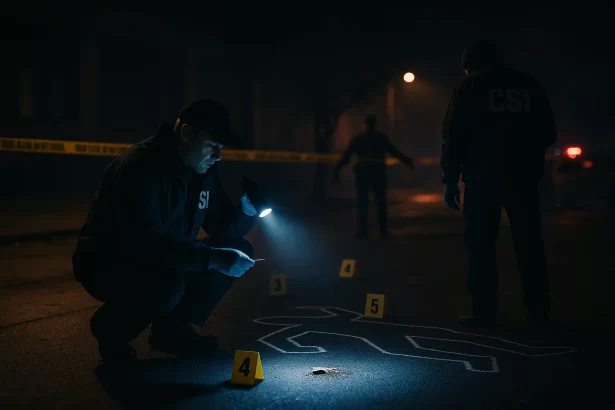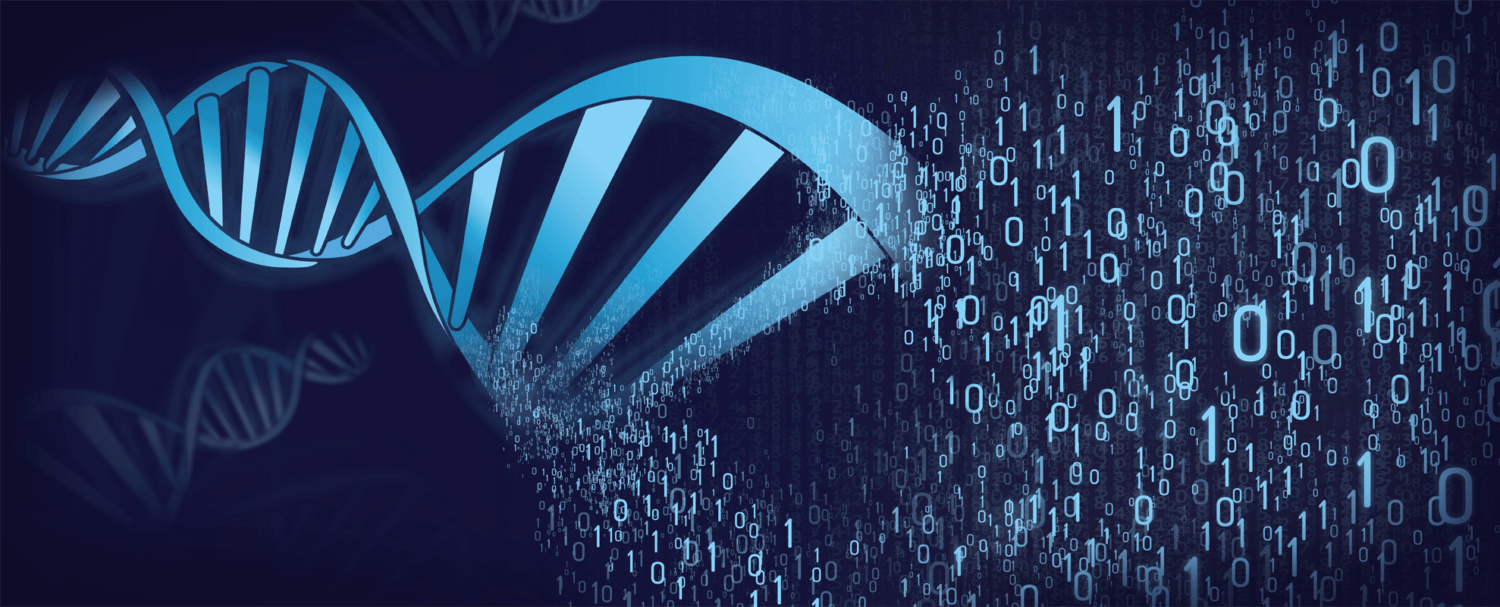“Accident reconstruction” refers to the process of using physical evidence, scientific principles, and investigative techniques to create a theoretical model or reenactment of a specific crime or accident scene. This method is employed to understand the sequence of events, factors involved, and the dynamics of an incident. Here are key points about accident reconstruction:
- Objective: The primary objective of accident reconstruction is to determine how and why an accident or incident occurred. It seeks to establish the sequence of events leading up to the incident and the contributing factors involved.
- Multidisciplinary Approach: Accident reconstruction often involves a multidisciplinary approach, incorporating expertise from various fields such as engineering, physics, forensics, law enforcement, and accident investigation.
- Physical Evidence: Reconstruction relies heavily on physical evidence collected from the scene. This evidence may include tire marks, vehicle damage, skid marks, debris patterns, witness statements, surveillance footage, and other relevant data.
- Scientific Analysis: Reconstructionists use scientific principles and mathematical calculations to analyze the physical evidence. This includes applying principles of physics, mechanics, and engineering to model the behavior of objects involved in the incident.
- Computer Simulation: Computer software and simulations are often used to recreate and visualize the events leading up to the accident. These simulations help investigators test various scenarios and assess their feasibility.
- Collision Reconstruction: In traffic accidents, collision reconstruction is a common subfield. Reconstructionists analyze vehicle dynamics, speeds, and collision mechanics to determine the causes and contributing factors in accidents.
- Crime Scene Reconstruction: In criminal investigations, accident reconstruction can be used to piece together events related to a crime. This includes analyzing the movements of individuals, the sequence of actions, and the dynamics of the crime scene.
- Expert Testimony: Accident reconstruction experts may provide expert testimony in legal proceedings. They can explain their findings and the reconstructed model to judges, juries, and attorneys to help establish liability or innocence.
- Safety Improvement: The insights gained from accident reconstruction can be used to enhance safety measures, prevent similar incidents in the future, and inform policy changes or regulations.
- Training and Education: Accident reconstruction is a specialized field that requires training and expertise. Many law enforcement agencies and organizations offer training programs for professionals involved in this work.
- AccuracyIn scientific and measurement contexts, "accuracy" refers to the degree of proximity or closeness between a measured value and the true or actual value of the measured quantity. Accuracy indicates how well a measurement reflects the correct value. Here are key points about accuracy: • True Value: Accuracy assesses how closely a measurement or reading corresponds to the true, known, or accepted value of the quantity being measured. It is a measure of correctness.
• Error Measurement: The degree of accuracy is often expressed in terms of measurement error, which is the difference between the measured value and the true value. An accurate measurement has a minimal error.
• High Accuracy: A measurement or instrument is considered highly accurate when its readings are very close to the true value, with minimal or negligible error.
• Precision vs. Accuracy: Accuracy should not be confused with precision. Precision relates to the reproducibility and consistency of measurements. While accuracy addresses correctness, precision addresses how closely repeated measurements agree with each other.
• Example: If a laboratory balance measures the weight of a sample as 4.55 grams, and the actual weight of the sample is indeed 4.55 grams, the measurement is considered accurate.
• Error Sources: Errors in measurements can arise from various sources, including instrument calibration, environmental conditions, operator technique, and inherent limitations of the measurement device.
• Accuracy Assessment: To assess accuracy, calibration processes and standardization procedures are often employed to ensure that measurement instruments are correctly aligned with known reference standards.
• Quantitative Evaluation: Accuracy can be quantitatively evaluated by calculating the absolute or relative error, which expresses the difference between the measured value and the true value as a percentage or a fraction.
• Importance: In scientific research, quality control, manufacturing, and various fields, accuracy is essential for making informed decisions, ensuring product quality, and achieving reliable and credible results.
• Measurement Instruments: The accuracy of measurement instruments is a critical consideration in fields such as metrology, engineering, chemistry, and physics, where precise and accurate measurements are vital.
• Verification and Validation: To ensure the accuracy of measurements and instruments, verification and validation processes are often carried out, including testing and comparing results against reference standards.
In summary, accuracy in measurement refers to the degree of closeness between a measured value and the true or actual value of the quantity being measured. It is a fundamental concept in scientific research, quality control, and various industries where precise and reliable measurements are essential for making informed decisions and ensuring the quality and integrity of processes and products. More and Precision: The accuracy of accident reconstruction is crucial. Theoretical models should align with the physical evidence to provide a reliable understanding of the incident. - Continuous Improvement: As technology and methodologies advance, accident reconstruction techniques continue to evolve, allowing for more accurate and comprehensive reconstructions.
In summary, accident reconstruction is a systematic and scientific process used to build a theoretical model of a crime or accident scene based on physical evidence. It plays a vital role in understanding the circumstances of incidents, improving safety, and providing valuable information for legal proceedings and investigations.



